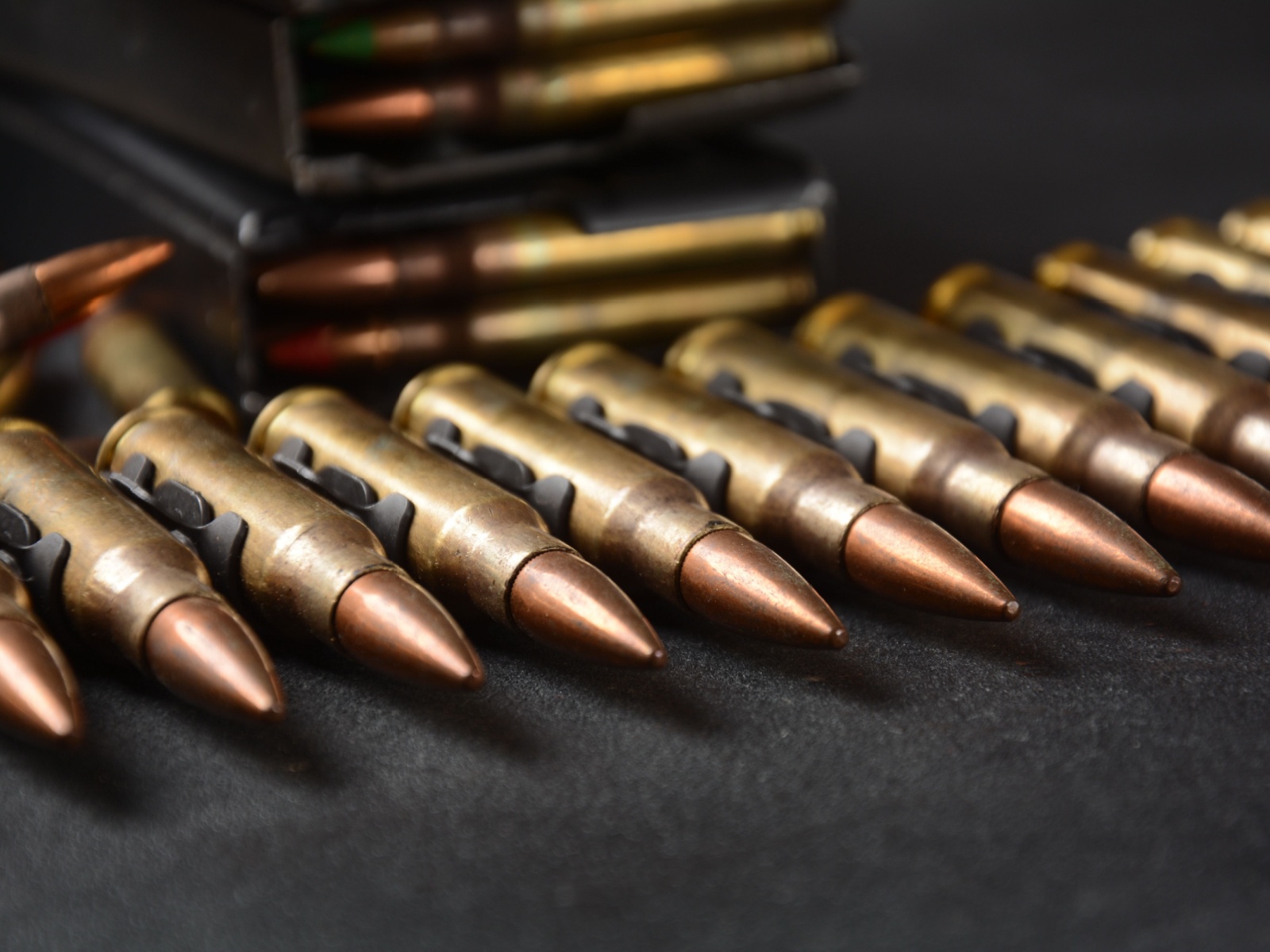MIL-STD-651 Projectile Stability and Firing Accuracy Test
The MIL-STD-651 (Military Standard 651) is a critical protocol used in the testing of projectiles to ensure their stability and firing accuracy. This standard is essential for military-grade ammunition, ensuring that weapons perform reliably under various conditions. The test evaluates how a projectile behaves when fired from different types of firearms, including machine guns, rifles, and mortars.
The primary objective of this test is to determine the deviation in flight path and stability of projectiles after firing. It assesses whether the projectile maintains its intended trajectory and does not deviate excessively due to factors such as wind resistance, environmental conditions, or the weapon’s barrel characteristics. This ensures that ammunition remains effective under operational conditions.
The test involves several key steps:
- Selection of appropriate firearms for testing
- Preparation of the projectile according to standard specifications
- Firing the projectile multiple times from various distances and angles
- Measurement of deviation from expected flight path
- Evaluation against acceptance criteria outlined in MIL-STD-651
The test results are crucial for quality assurance, as they provide critical data on ammunition performance. This information is vital for military forces to ensure that their weapons can be relied upon under combat conditions.
For instance, a deviation of more than 20 meters from the expected flight path could indicate issues with projectile design or weapon calibration. Such deviations would necessitate further analysis and corrective actions. MIL-STD-651 helps mitigate these risks by providing a standardized approach to testing.
| Test Parameter | Description |
|---|---|
| Projectile Type | Different types of projectiles, such as AP (Armour-Piercing), HE (High Explosive), and tracer rounds. |
| Firing Angle | The angle at which the projectile is fired from different positions on the weapon. |
| Environmental Conditions | Including temperature, humidity, altitude, and wind speed. |
| Test Distance | The distance from which the projectile is fired to assess stability over varying ranges. |
The test results are reported in detail, including statistical analysis of deviations and compliance with MIL-STD-651 criteria. This comprehensive evaluation ensures that ammunition meets the required standards for military use. By adhering to these stringent testing protocols, manufacturers can ensure that their products are reliable and effective under diverse operational conditions.
In summary, the MIL-STD-651 test is essential for maintaining high standards of reliability in military-grade ammunition. It provides critical data on projectile stability and firing accuracy, which is crucial for ensuring weapon performance in various scenarios.
Customer Impact and Satisfaction
The MIL-STD-651 test has a profound impact on customer satisfaction in the military sector. By ensuring that ammunition meets stringent performance criteria, it enhances confidence in weapon systems. This, in turn, leads to greater operational readiness and reduces the risk of failures in critical situations.
- Enhanced reliability: The test ensures that ammunition performs consistently across different environments and conditions.
- Increased trust: Reliable ammunition builds trust between manufacturers and military forces, leading to long-term partnerships.
- Better quality control: By adhering to MIL-STD-651 standards, manufacturers can improve their quality control processes, resulting in higher customer satisfaction.
The test also contributes to the reputation of the manufacturer within the industry. Compliance with international standards like MIL-STD-651 demonstrates a commitment to excellence and sets benchmarks for product quality.
Competitive Advantage and Market Impact
MIL-STD-651 testing provides significant competitive advantages in the market. By ensuring that their products meet high standards, manufacturers can differentiate themselves from competitors. This enhances their reputation and positions them as leaders in quality and reliability.
- Increased market share: Reliable products attract more customers, leading to increased market share.
- Better customer relationships: Satisfied customers are more likely to recommend the manufacturer’s products, fostering positive word-of-mouth.
- Higher sales volume: Reliable ammunition is in higher demand, leading to greater sales volumes and revenue growth.
The test also has a broader market impact. By setting high standards for product quality, MIL-STD-651 contributes to the overall improvement of the industry. This sets benchmarks that other manufacturers aspire to meet, fostering an environment of continuous improvement and innovation.
Use Cases and Application Examples
The MIL-STD-651 test is widely used in various military applications. Here are some examples:
- Mortar Rounds: Ensures that mortar rounds maintain their trajectory over long distances, critical for effective deployment.
- Rifle Ammunition: Guarantees consistent accuracy and reliability of rifle ammunition across different shooting conditions.
- Machine Gun Rounds: Provides assurance that machine gun rounds can be fired accurately under rapid-fire conditions, essential for military operations.
In each case, the test ensures that projectiles perform reliably and meet the required standards. This is crucial for maintaining operational readiness and effectiveness in military applications.





